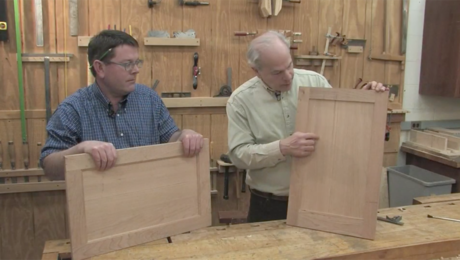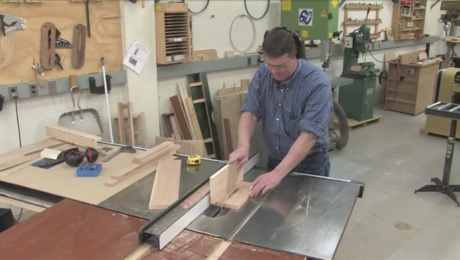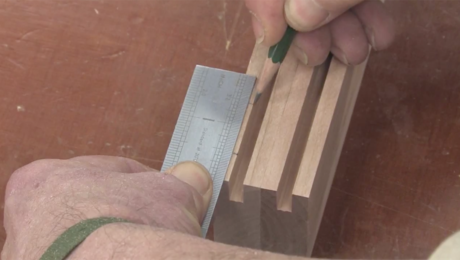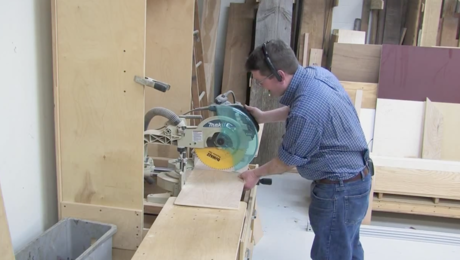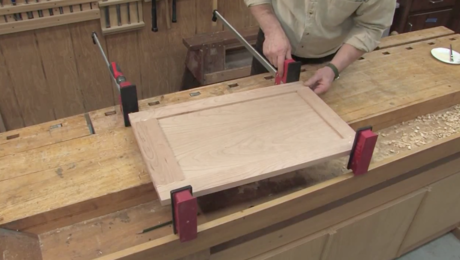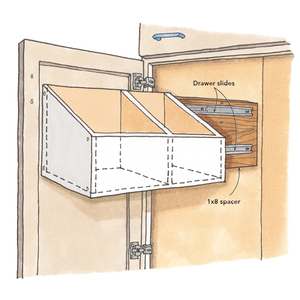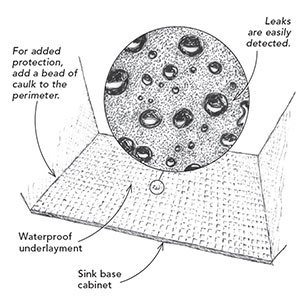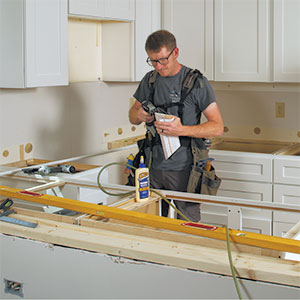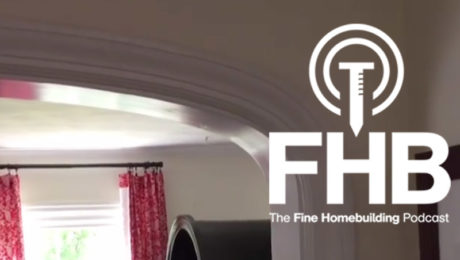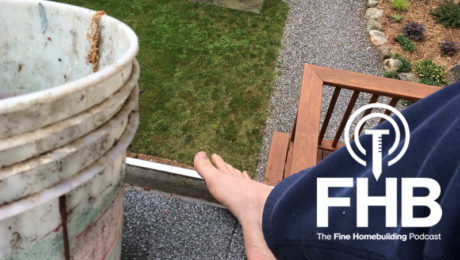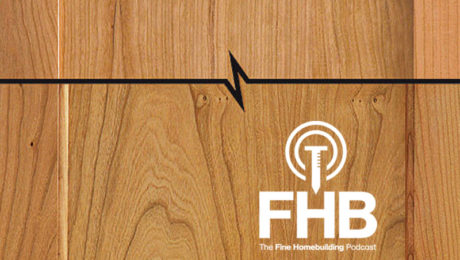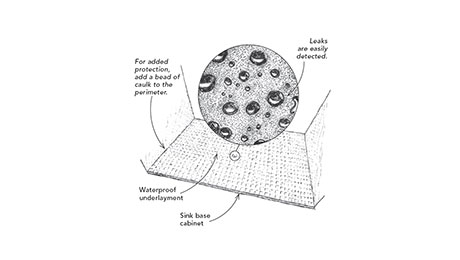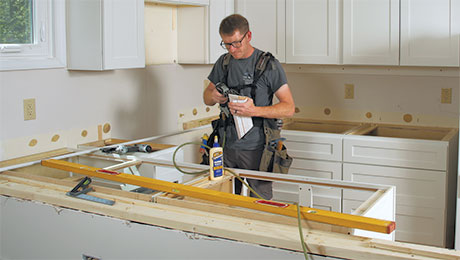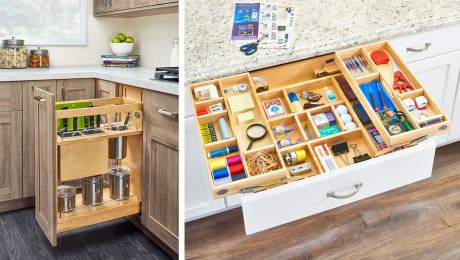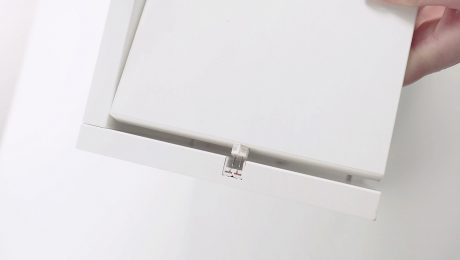Cabinet-Door Shoot Out Series: Making Door Panels
Veneered plywood panels are sturdy and stable no matter what method of joinery you choose
Video Transcript
Joseph: We’re both using 1/2-in. plywood for the door panels. So, I put a straight bit in the router table and adjusted the height so I’ll get a 1/4-in. tongue on the panel that will fit tightly in the groove in the door. Since it’s a plywood panel and we don’t have to worry as much about wood movement, I’m going to glue mine in (to the cope-and-stick frame), and it will add a lot of strength to the door.
Because I have a 3/8-in. deep groove in the door, and I want a slight reveal between the back of the rabbet on the panel and the edge of the door, I’m just cutting this plywood to get a rabbet of slightly less than 1/2 in.
Once the panel is rabbeted, I check it for fit in the grooves, and I’m ready to glue it up.
Scott: My panel is cut exactly the same way, except the dimensions are just a little different. I’m going to take a little bit more off of the tongue so I can slide the panel in easily. And, I’m going to change the width of the rabbet so that the panel fits into the deeper 1/2-in. groove on my rails and stiles; I’m going to want to come in about 3/8-in. So, I’m going to reset the fence, the height’s been reset, I’ll run off a test piece, and then we should be good to go. I’ve tested my fit — now I’m ready for glue-up.
Read the Cabinet Door Shoot-Out companion article for more information about building these doors.
